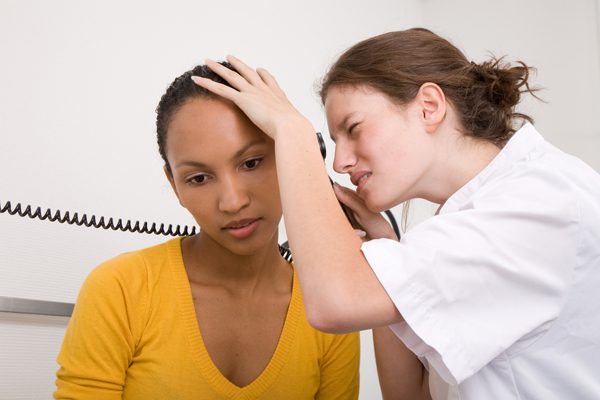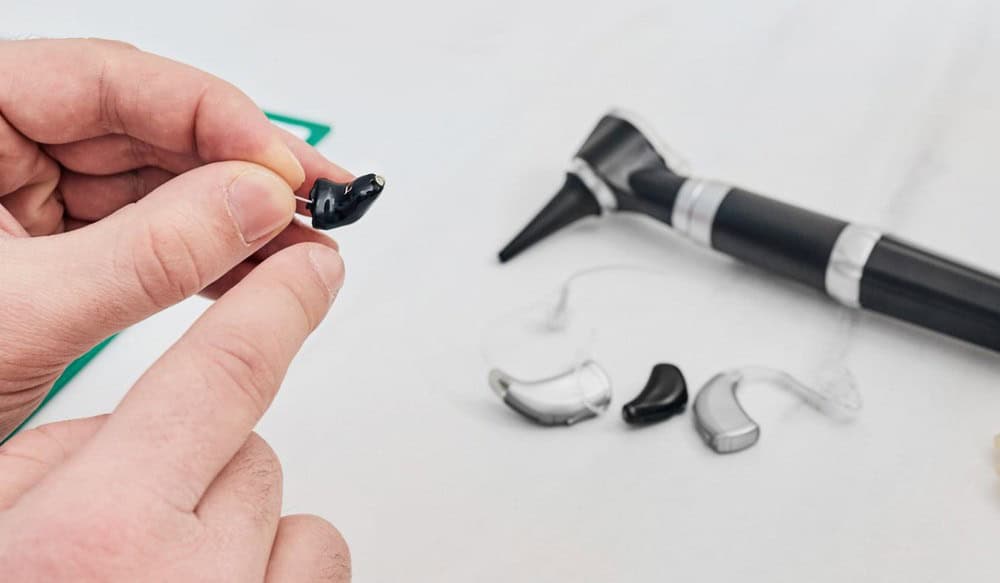Exploring the Emotional Impact of Hearing Loss in Children
As parents, we want our children to experience all the joys of growing up


As parents, we want our children to experience all the joys of growing up

In the last few years, hearing aid technology has taken a big step forward

Understanding the world of hearing health can seem overwhelming,